Antiquarian Remains of Jharkhand
Jharkhand is an east Indian state rich in natural, tribal, archaeological and cultural heritage. This work is a first attempt to cover the broad canvas of the region’s rich heritage.
The book describes the findings of the author over the last three decades of its largely unknown Lower to Upper Paleolithic archaeological heritage, Mesolithic rock art and village mural painting tradition as a continuous cultural phenomenon. The volume documents in detail over five hundred archaeological sites, and presents them not only from archaeological but ethnographic, historical and cultural perspective.
The main focus of the book is on the Upper Damodar River Valley and Hazaribagh plateau, which is threatened by the unprecedented impacts of opencast coal mining and industrial development. The stark dichotomy between heritage and development is spread before us everywhere in the volume.
The author’s researches on the prehistoric rock art of north Jharkhand in the context of an older Paleolithic tradition evidenced in the stone tool strata, as well as the continuity of the prehistoric art in the contemporary living tradition of village mural painting, has opened the way for a dialogue between the meanings of the lost visual tradition (Adi Drishya) and the living artistic traditions of the tribal communities which may explain them.
It is hoped that this comprehensive volume will go a long way in highlighting Jharkhand’s extraordinary rich ethnographic, archaeological, cultural, artistic and environmental heritage and the urgent need for its protection and preservation.
Get it now and save 10%
BECOME A MEMBER

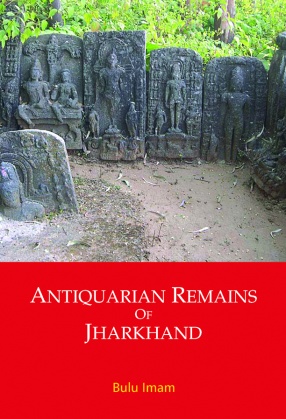
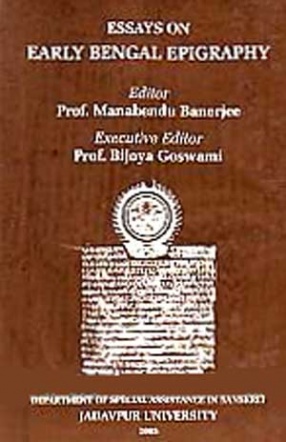
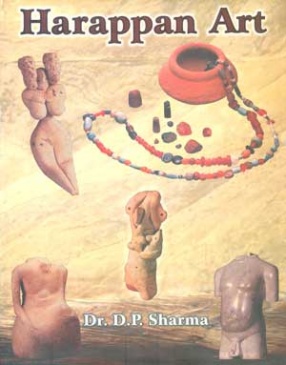
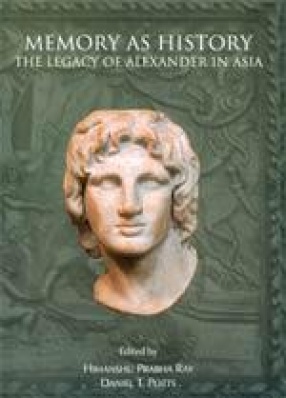
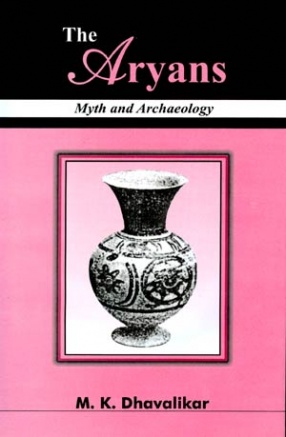

Bibliographic information